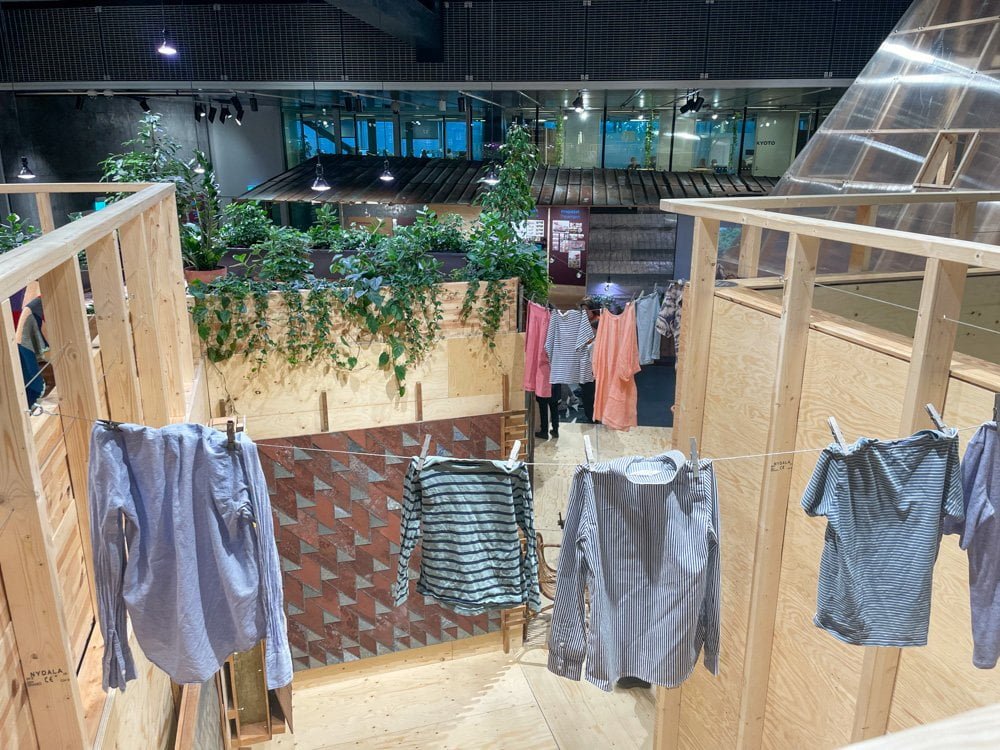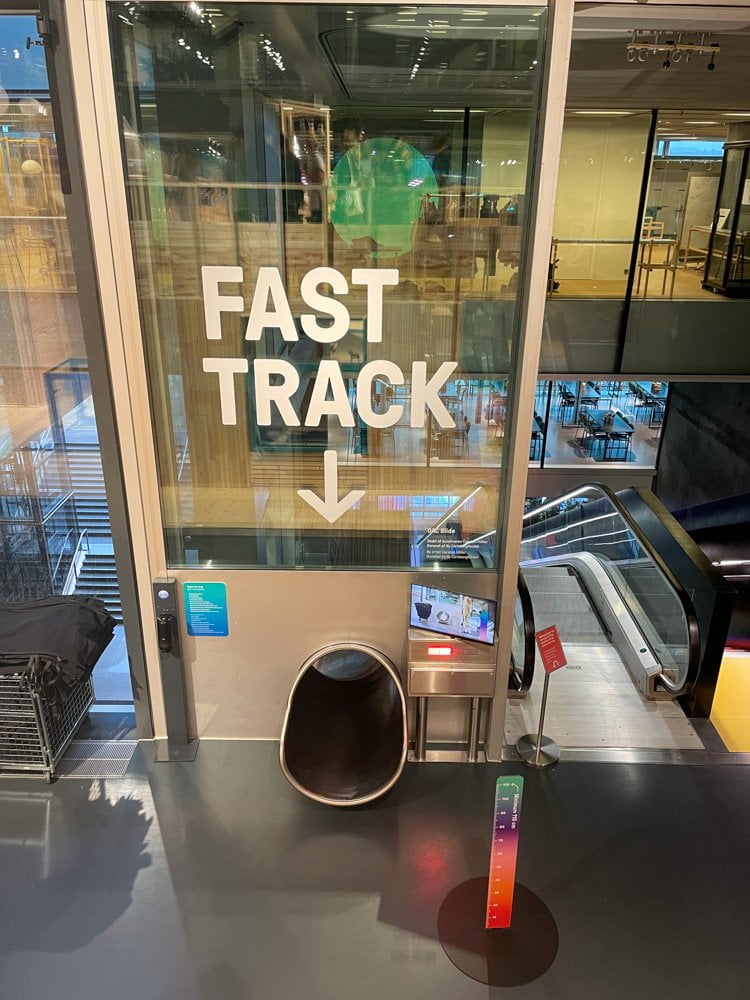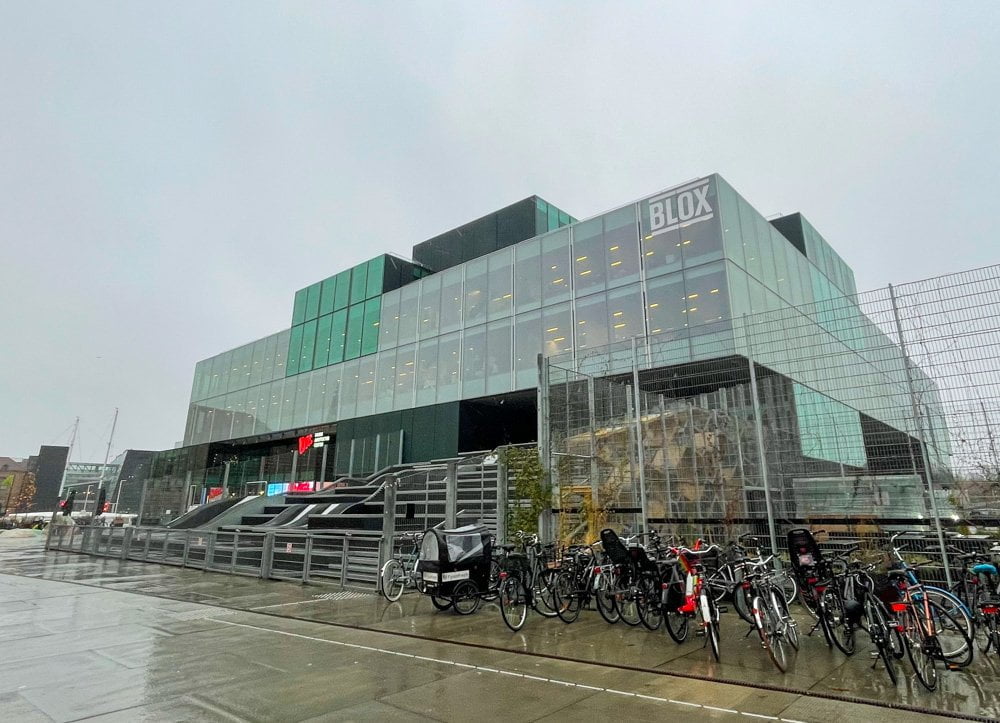The Danish Architecture Centre, also known as DAC, in Copenhagen, is a must-see place for any fan of architecture and design. It is an international cultural centre that showcases how design and architecture shape our world through brilliant temporary exhibitions. You can easily visit this place with the whole family as children can enjoy the play areas while discover contemporary architecture.
Table of Contents
What to see at the Danish Architecture Centre
The Danish Architecture Centre is known for its temporary exhibitions on architecture and design, themed tours of Copenhagen, and educational and networking events. The DAC is also renowned for its focus on offering a glimpse into the future through its exhibitions. They usually highlight new ideas, challenges and innovations in design and architecture, particularly in urban development.
PLAN YOUR TRIP TO COPENHAGEN
Get the Copenhagen Card for free entry to 90+ museums and attractions, including the must-see Tivoli Gardens and canal tour, discounts in top-notch restaurants, and free transport by bus, metro, and train.
To stay connected in Copenhagen, buy an Airalo eSim online for phone and data coverage during your trip to Denmark.
The Danish Architecture Centre has gained international recognition for several temporary exhibitions. ‘Hello Denmark’ exhibition got an award at the MUSE Design Awards 2021. ‘Backstage’ exhibition was nominated for the SBID International Design Award 2021 and the Dezeen Design Award 2021.
Temporary exhibitions
During my visit to the Danish Architecture Centre, I saw the exhibitions ‘Living Better Lives’ and ‘The Needle in the Haystack’, about sustainable architecture and the process of creating everyday objects, respectively. In addition, there is always the fixed installation DAC Slide.
‘The Needle in the Haystack’ explained the design process, from drawing to prototype creation. It displayed industrial designs and one-off pieces of Cecilie Manz, one of Denmark’s best-known designers. Her bathtubs, plates, cutlery, and lamps combine the Scandinavian tradition of clean lines and functionality with a contemporary, global style.
‘Living Better Lives’ answers how we can live more sustainably without losing the quality of life. The architecture firm Vandkunsten, founded on the values of sustainability half a century ago, has tried to answer these questions. The exhibition was an entire 37 square metre house, designed for a family of four, in an apartment block with a greenhouse, a communal area and a playground. In its projects, studio Vandkunsten imagines communities in the city. So not just flats, but self-built houses to leave the responsibility for development to future residents.

DAC Slide: a giant slide inside the Danish Architecture Centre
The most beloved attraction at the Danish Architecture Centre is the DAC Slide, an installation created by Carsten Höller, a famous German-Belgian artist. He installed similar slides in museums worldwide, such as the Tate Modern in London.
The DAC Slide is a 40-metre spiral slide that extends across four floors, much like the Vitra Slide Tower at the Vitra Campus. According to the artist, it is an interactive art installation, an attraction, an architectural masterpiece, and a tool to explore emotions. I opted to take the stairs down from the DAC Gallery instead of discovering my panic emotions, unlike my son, who was quite annoyed with my decision.

Visiting the Danish Architecture Centre with children
At the DAC, design and architecture are made accessible to children. Families can explore the concepts of design and architecture with young children. Additionally, themed workshops are periodically held for young visitors. During our visit, we enjoyed the children’s play areas.
Next to the temporary exhibition is a long table with sheets, drawings, markers, and materials for colouring, decorating, or building your project. Near the cloakroom and the bookshop is a room with interactive installations and a play area, complete with a Lego pool for building whatever you want. As a parent, I enjoyed the children’s play areas, and my three-year-old son had a lot of fun climbing on the giant chairs.
BLOX: the headquarters of the Danish Architecture Centre
Take a moment to linger on the headquarters of the Danish Architecture Centre. For more than 30 years, its headquarters remained in the historic Gammel Dok warehouse in the Christianshavn district. They only moved in 2018 to BLOX, a dedicated building complex designed by Dutch design studio OMA.
BLOX is a multifunctional cultural building, a city within a city, and houses exhibitions, training events, conferences, bars, offices and services, such as a garage and gymnasium. When visiting the DAC, you can walk past a window behind which you can see people working out in the gym.
DAC – Danish Architecture Centre
Bryghusgade, 10 København

Where to stay in Copenhagen
There are plenty of options for a Scandinavian-style stay in Copenhagen, including boutique hotels and designer flats. I stayed at Hotel Danmark by Brøchner Hotels, offering city views from its rooftop terrace. The 25hours Hotel Indre By is another recommended stylish hotel with a restaurant, bar, and sauna. If you’re on a budget, consider staying at Generator Copenhagen, a hostel with private rooms and dormitories, a late-night bar, and free Wi-Fi.
When you visit Copenhagen, I recommend you don’t miss the Danish Architecture Centre. This attraction is suitable for both solo travellers and families with children. It offers excellent insights into contemporary design and architecture and can be an exciting adventure even for young children. Feel free to comment if you were already aware of the DAC or if you added it to your list of must-see museums after reading this article.
